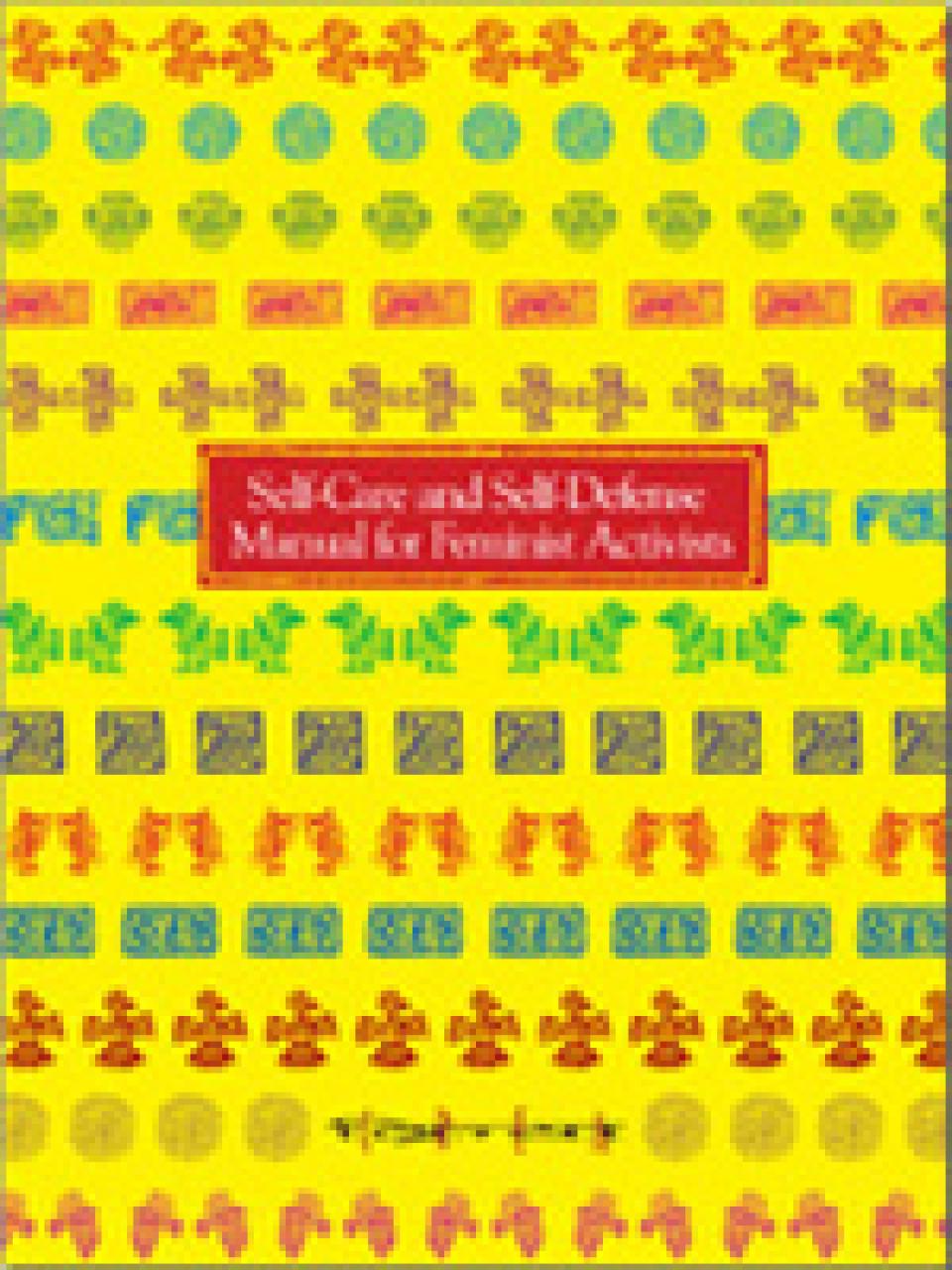
This self-help manual written by Marina Bernal and others with the collaboration of Artemisa, Elige and CREA, proposes to feminist activists to undertake a journey of self-exploration in order to learn to build their own self-defense strategies. Deepening our self-knowledge will help us understand our limitations and strengths, what makes us strong and what makes us vulnerable. It will also help women human rights defenders to understand why they are victims of certain types of violence and why they react in one way or the other when faced with it.
“We must start with the belief that the struggle to eliminate gender violence in all its manifestations must first involve work on one’s own self”, the authors say. “To take care of ourselves, know how to defend ourselves, and ensure as far as possible that what we are fighting on behalf of others is also very much a part of our own lives. These are the key elements in strengthening our struggle and continuing our march forward”.
The manual has six chapters:
The first chapter, Recognizing who I am, explores our social conditions and the manner in which we shape our perception of ourselves as women and as activists.
The second chapter, Recognizing the violence that we face, situates the different types of violence experienced by women and activists. Here, they sought not only to talk of recognizable forms of gender violence towards women but have also touched on violence that occurs in spaces that are considered nonviolent — which could even include the organizations that they are part of — or forms of violence that are not identified as such.
The third chapter, Lack of self-care: a form of violence, explores the ways in which the lack of self-care translates into self-inflicted violence in the lives of women activists.
The fourth chapter, Optimizing our vital strengths, deals with the issue of women’s empowerment and the optimization of vital strengths and self-care as indispensable elements for empowerment.
The fifth chapter, Self-defense, explores some resources to combat violence in its physical, legal, and psychological dimensions.
In the sixth chapter you will find a section on “Resources” to draw from in different spheres of your life or in crisis situations.
“We must start with the belief that the struggle to eliminate gender violence in all its manifestations must first involve work on one’s own self”, the authors say. “To take care of ourselves, know how to defend ourselves, and ensure as far as possible that what we are fighting on behalf of others is also very much a part of our own lives. These are the key elements in strengthening our struggle and continuing our march forward”.
The manual has six chapters:
The first chapter, Recognizing who I am, explores our social conditions and the manner in which we shape our perception of ourselves as women and as activists.
The second chapter, Recognizing the violence that we face, situates the different types of violence experienced by women and activists. Here, they sought not only to talk of recognizable forms of gender violence towards women but have also touched on violence that occurs in spaces that are considered nonviolent — which could even include the organizations that they are part of — or forms of violence that are not identified as such.
The third chapter, Lack of self-care: a form of violence, explores the ways in which the lack of self-care translates into self-inflicted violence in the lives of women activists.
The fourth chapter, Optimizing our vital strengths, deals with the issue of women’s empowerment and the optimization of vital strengths and self-care as indispensable elements for empowerment.
The fifth chapter, Self-defense, explores some resources to combat violence in its physical, legal, and psychological dimensions.
In the sixth chapter you will find a section on “Resources” to draw from in different spheres of your life or in crisis situations.
Year of publication
2008
- 16092 views





Add new comment